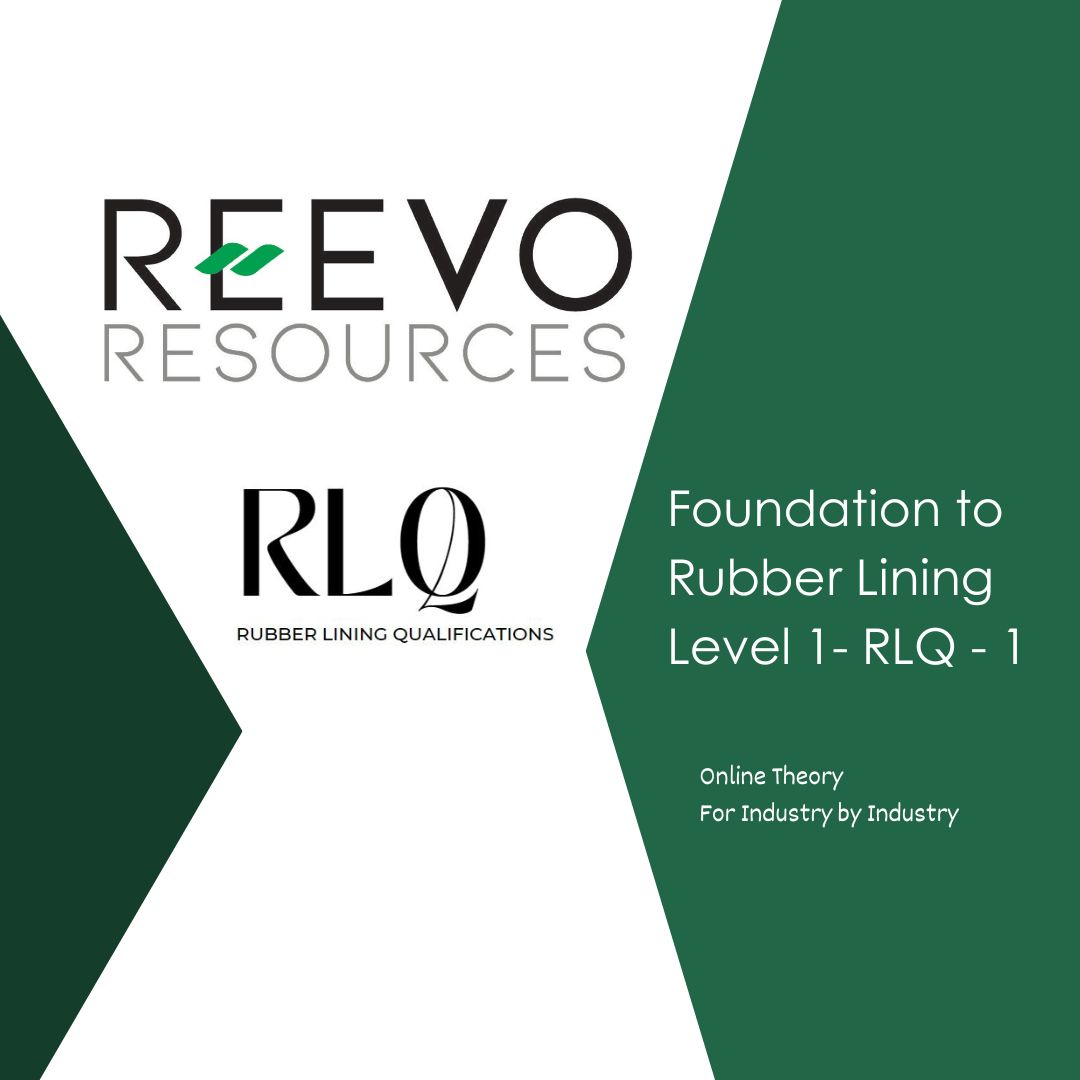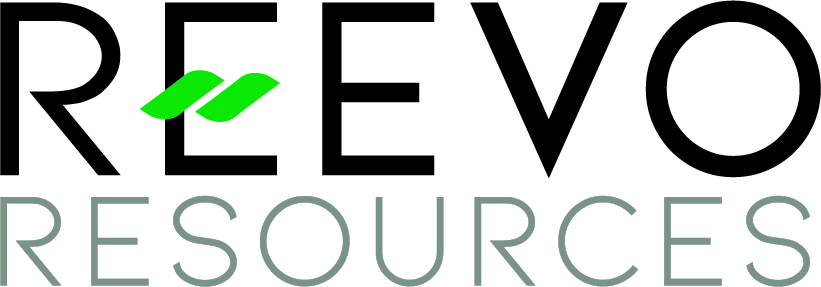Rubber Lining – Foundation Level 1 – Code #: RLQ-1

About Course
Above video: Timelapse video of rubber lining application of a Thickener vessel.
Rubber Lining Foundation Level 1 (Code #: RLQ-1) provides consistent and reliable outcomes for all stakeholders in the delivery of Rubber Lining projects, both in a workshop and site setting. This course is relevant to Rubber Lining Technicians, whether a new starter or an experienced tradesman. Upon completion of this theory course, the training program will run based on peer review evaluation of the current skills of the Rubber Lining Technician, verification of competency and setting achievable training and development targets as required.
Key benefits of the training for RLQ-1 are as follows:
Consistent Outcomes: tangible benefits regarding project assignment of personnel to specific tasks that match their level of competency. Leading to predictable, efficient, quality outcomes with built-in SOPs.
Skills Verification and Verifiable Records: Project Stakeholders can verify via Training Records that the Rubber Lining technicians meet the skill requirements for the type of Rubber Lining Project and complexity level.
Development of Personnel: Rubber Lining Technicians develop further skills and confidence in their own ability leading to increased job satisfaction and improved quality workmanship conducted in a safe manner – a “Win Win” for all stakeholders.
Sharing of Knowledge and Innovation: the training will lead to greater cohesion in the Rubber Lining Industry where all Stakeholders work to a consensus based on industry best practice and shared knowledge leading to innovation.
Scalable benefits: as the training program comes online, over time there will be scale benefits through targeted training needs based on individual skills assessments leading to career development opportunities for the trainee and accelerated growth efficiencies for Employers, Employees and Project Stakeholders.
Course Content
Foundation of Rubber Lining – Level 1
-
1. Introduction to types of Rubber Lining
-
2. Natural & Synthetic Rubber Compounds Used to Manufacture Rubber
-
3. Types of Rubber Lining – Corrosion Protection
-
4. Types of Rubber Lining – Wear Protection
-
5. The Main Rubber Lining Application Methods
-
Quiz 1
-
6. Preparation of Steel Substrate before Rubber Lining
-
7. Rubber Lining Tools
-
8. Application of Rubber Lining – Skives, Skive-Joint and Overlap
-
9. Application of Rubber Lining – Climatic Conditions
-
10. Procedures for Hot and Cold bond Rubber Lining
-
Quiz 2
-
11. Rubber Lining Spools, (Pipes) – Basic Steps For Making a Sleeve and Installation
-
12. Hot Lining of a Spool
-
13. Straight Spool Rubber Lining – Inflation Method
-
14. Important Points for Skives-Joints and Overlaps
-
Quiz 3
-
15. Rubber Lining and OH & S
-
16. Hazard Identification and Risk
-
17. Risk Matrix
-
18. Controls to Eliminate Risk
-
19. Rubber Lining Hazard Identification
-
20. JSA and PTW systems
-
21. Effective Communication in Toolbox talks
00:00 -
Quiz 4
-
22. Visual Inspection of Rubber Lining
-
23. QA/QC Procedures for Rubber – Shore Hardness and Dry Film Thickness Testing
-
24. Direct current spark testers, (Continuity Testing)
-
25. Repairing rubber lining defects
-
Quiz 5
-
26. Revision – Steel Substrate and Surface Preparation – Prerequisites
-
27. Revision – Rubber Lining Guidelines
-
28. Geometry and Preparing Panels for Rubber Lining
-
29. Flow Direction When Applying Rubber Lining
00:00 -
Quiz 6
-
30. Further Activity – Practical
Student Ratings & Reviews

No Review Yet


